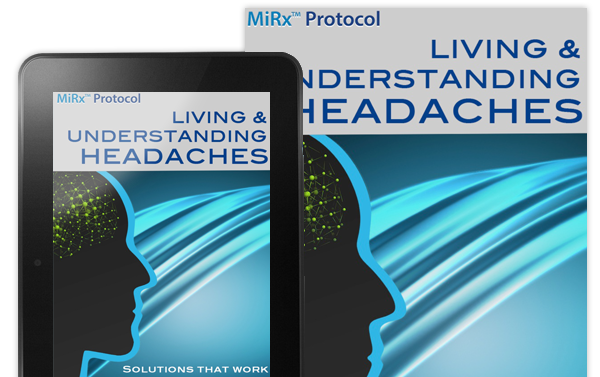Headache after Eating Sugar: HYPOGLYCEMIA vs. HYPERGLYCEMIA

Scientific research is becoming more conclusive that blood glucose levels can be a factor in headache formation. Two disorders that seem to be underlying causes of headaches are hypoglycemia and hyperglycemia. Either of the conditions can be headache triggers, with hyperglycemia typically associated with migraines and hypoglycemia typically associated with standard headaches.
The level of sugar, or glucose, in the blood changes in response to dietary intake and pharmaceutical drugs (one reason medications can trigger a rebound migraine). It is controlled by hormones, especially insulin and adrenaline, which keep blood sugar from getting too high or low. The level increases when we eat, then goes back down. The body is designed to keep the blood sugar level within a healthy range. Consumption of refined sugars and fasting (as when crash dieting) can push the glucose levels outside normal parameters, resulting in a sugar headache.
Refined sugar is particularly problematic because our biochemistry has adapted over time to properly metabolize naturally occurring sugars. Many scientists have become convinced that our bodies are incapable of processing refined sugars, especially at the high quantities they exist in the modern diet. During refining, a natural sugar from a plant has its nutrients and fiber removed, components that allow the sugar to be absorbed, stored, and metabolized without experiencing overload.
Hyperglycemia vs. hypoglycemia
Any sugar that we consume eventually is converted into blood glucose. The speed at which glucose enters the blood differs based on the type of sugar. Refined sugars can be headache triggers because when eaten, the level in the blood rises quickly (hyperglycemia). Our bodies overreact by releasing huge quantities of insulin. In response to the insulin, the blood sugar is quickly depleted. In other words, an extreme peak and an extreme valley in the blood sugar level are experienced back-to-back.
At that stage of hyperglycemia, vascular constriction (vasoconstriction) may occur in the brain, triggering the aura of a classic migraine (one type of sugar headache).
A sustained low in blood glucose is called hypoglycemia. With that condition, the brain is not getting a sufficient amount of sugar to operate. The body responds by sending additional blood to the brain and by activating hormones that send glucose out of storage and into circulation. When that happens, the blood pressure rises, and the blood vessels of the brain expand (vasodilation). This type of sugar headache is associated with the attack phase of a migraine.
A sugar headache in response to refined sugar, like a rebound migraine in response to medication, can cause incredible suffering. The MiRx Protocol – focused on both short- and long-term pain alleviation – can help get you back on track if you are experiencing these types of headaches regularly.



